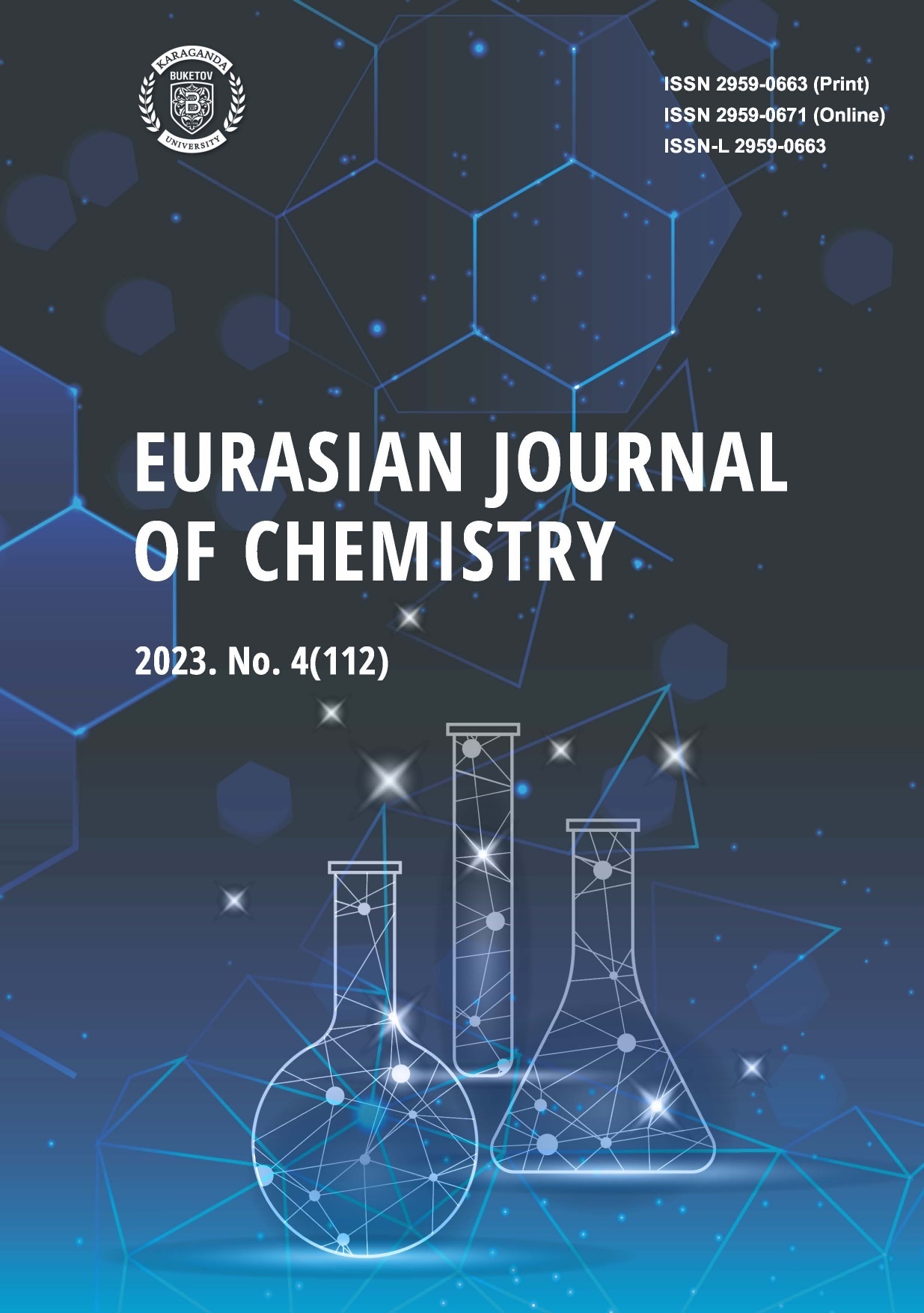Design and Synthesis of Folic Acid-Phytochemical Conjugates as Anti-Cancer Agents
DOI:
https://doi.org/10.31489/2959-0663/4-23-12Keywords:
Vitamin-drug conjugate, Folic acid, Anticancer, Quercetin, Curcumin, Berberine, In silico study, Cancer treatmentAbstract
Cancer treatment continues to be a major challenge for the medical community mainly due to non-specificity, leading to serious toxic effects. The use of vitamins such as folic acid and biotin are presently being studied through the synthesis of vitamin-drug conjugates as a new approach to improve the affinity of the drug molecules with cancer cells. Current research emphasizes on the design and synthesis of novel phytochemical vitamin conjugates as anticancer agents through in silico studies. Conjugates of quercetin (QC), curcumin (CUR) and berberine (BER) with folic acid (FA) were evaluated through docking experiments using Autodock Vina. Quercetin-folic acid conjugate 1 (QC-FA 1) demonstrated the highest binding affinity (-12.0 kcal/mol) to the human folate receptor (PDB ID: 4LRH) indicating the possibility of rapid uptake leading to internalization within the cells, improving the specificity to cancer tissues. The conjugates were further examined for their pharmacokinetic properties using AdmetSAR and SMARTcyp tools, which implied the incapability of these conjugates to cross the blood brain barrier but with favorable pharmacokinetic and CYP450 potential indicating their ability to act as drug-like molecules. Further QC-FA 1 was synthesized and effectively characterized. This conjugate will be further tested for its efficacy in treatment of cancer.
Downloads
Published
How to Cite
Issue
Section
License
Copyright (c) 2024 EURASIAN JOURNAL OF CHEMISTRY

This work is licensed under a Creative Commons Attribution-NonCommercial-NoDerivatives 4.0 International License.
This work is licensed under a Creative Commons Attribution-NonCommercial-NoDerivatives 4.0 International License.
Authors retain copyright and grant the journal right of first publication with the work simultaneously licensed under a Creative Commons Attribution License (CC BY-NC-ND 4.0) that allows others to share the work with an acknowledgement of the work's authorship and initial publication in this journal.




